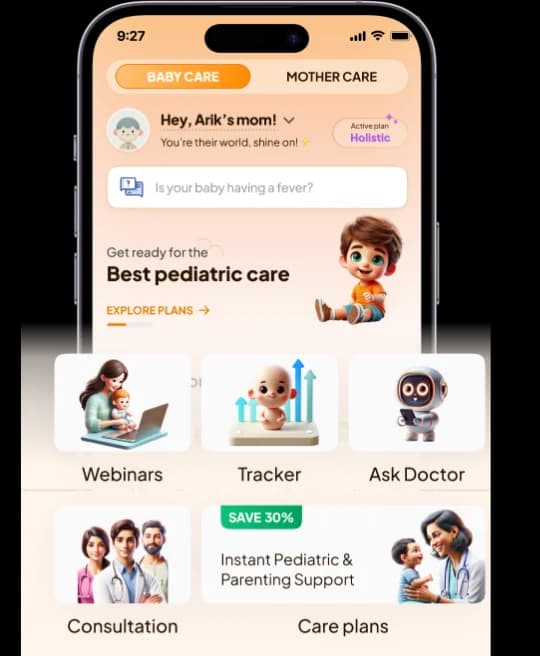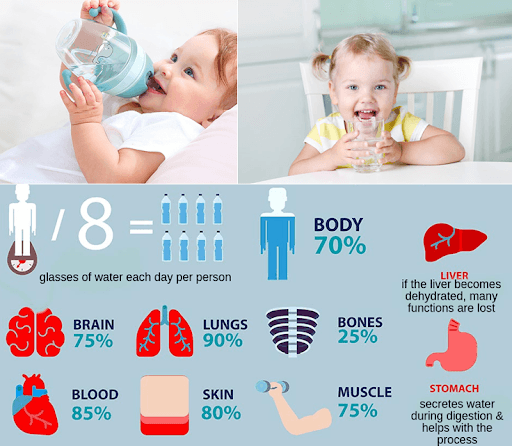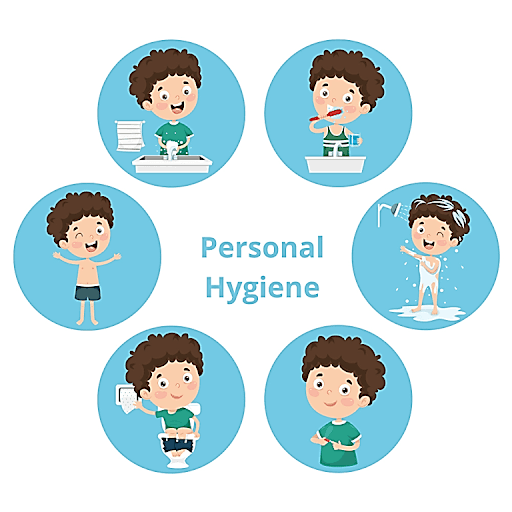
Did you know that about 14% of the population reports childhood emotional abuse or neglect?
Neglecting a child’s emotional well-being can cause long-term effects on brain development, leading to structural changes that may impact emotional well-being, substance abuse, and mental health.
Let’s explore scientific facts about the impact of abuse and neglect on children’s brains.
What Are Child Abuse & Neglect?
Child abuse and neglect are serious public health concerns and Adverse Childhood Experiences (ACEs) that can have long-term consequences on a child’s health, opportunities, and well-being. Parental abuse and neglect by those in custodial roles cause trauma and potential harm to children under 18.
Forms of Physical Abuse
- Intentional use of physical force that results in physical harm
- Forms of physical force can include slapping, kicking, shaking, or burning.
Forms of Emotional Abuse
- Abusive behavior that harms a child’s self-esteem or emotional well-being
- Examples of abusive behavior include name-calling, shaming, rejection, withholding love, and threatening.
Forms of Neglect
- Basic physical and emotional needs that are unmet, such as adequate food, shelter, education, clothing, and access to medical care.
Other Forms of Emotional Abuse
- Insults, slurs, or profanity directed at children
- Physical threats to harm the child
- Frightening or terrorizing the child.
It’s crucial to recognize the signs of child abuse and neglect and take action to protect children. Seeking help and support from trained professionals can prevent long-term negative consequences and promote healing and well-being for affected children.






